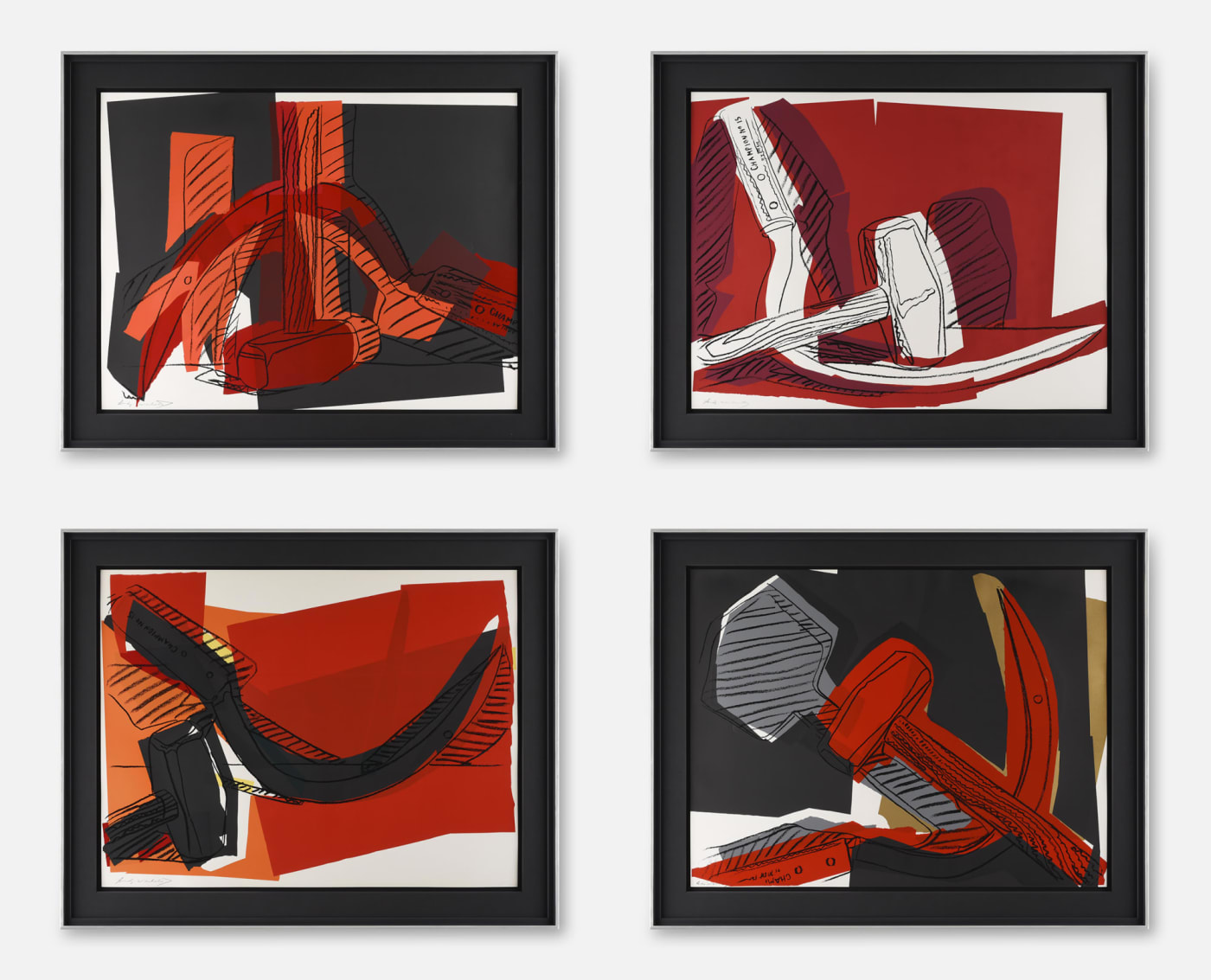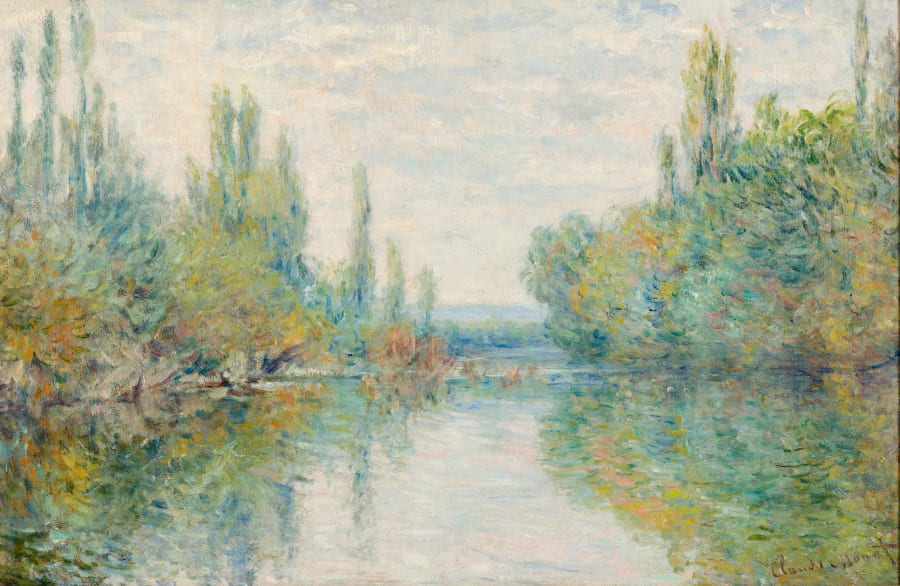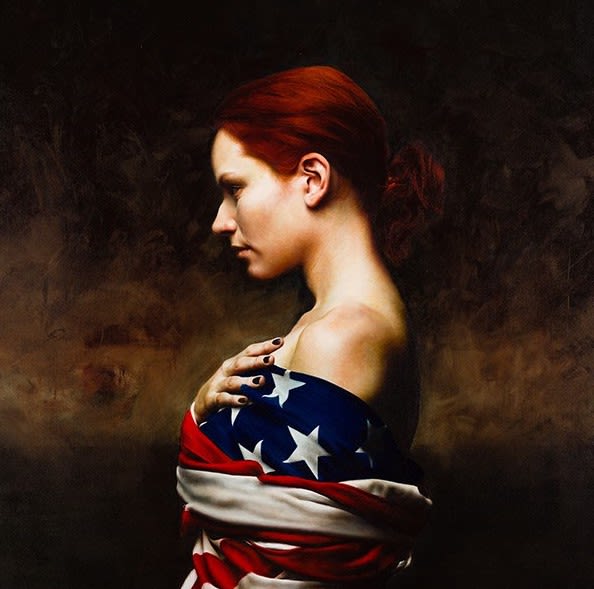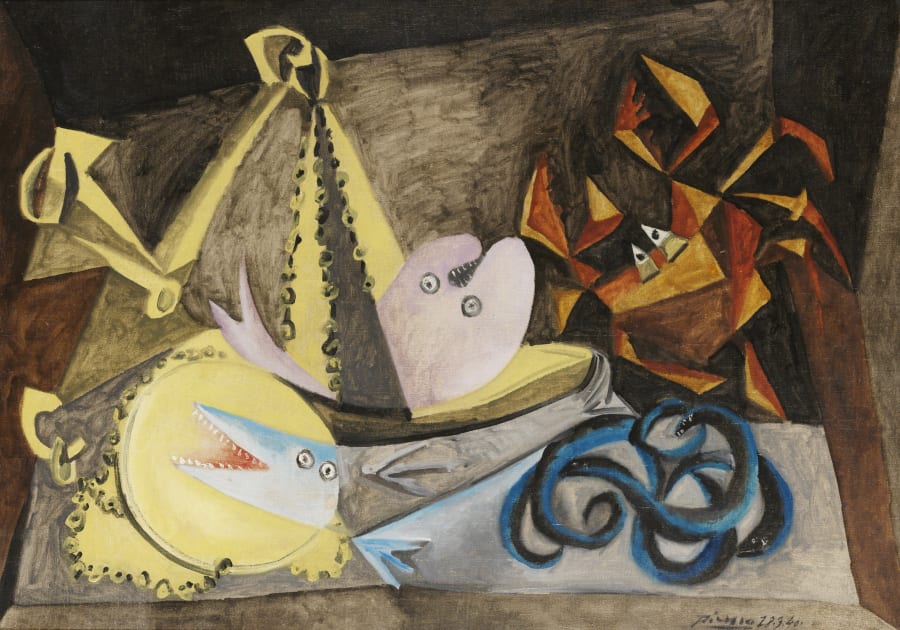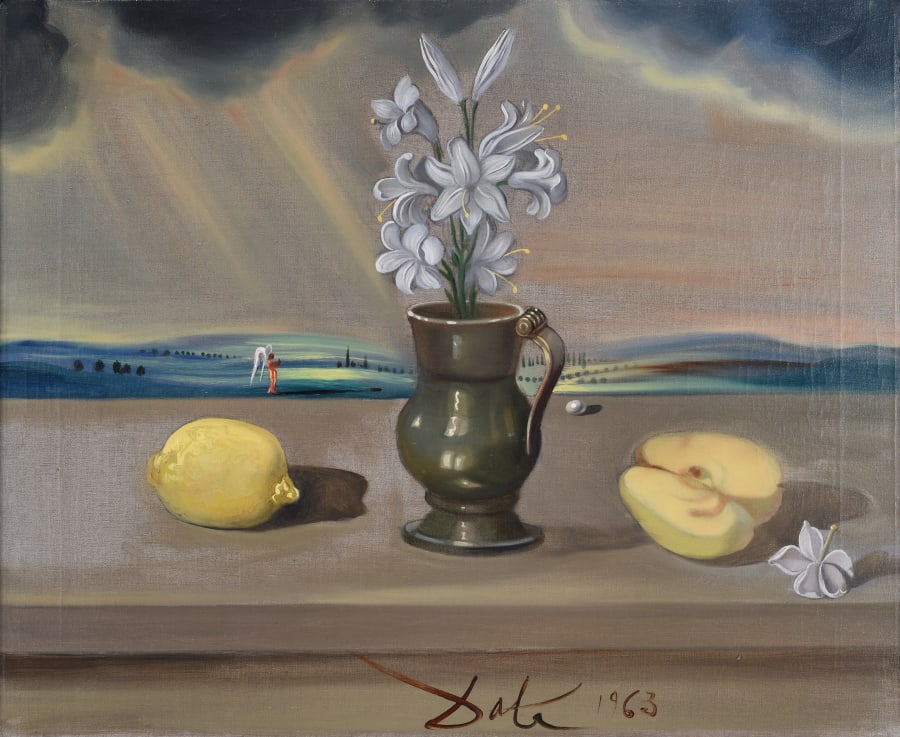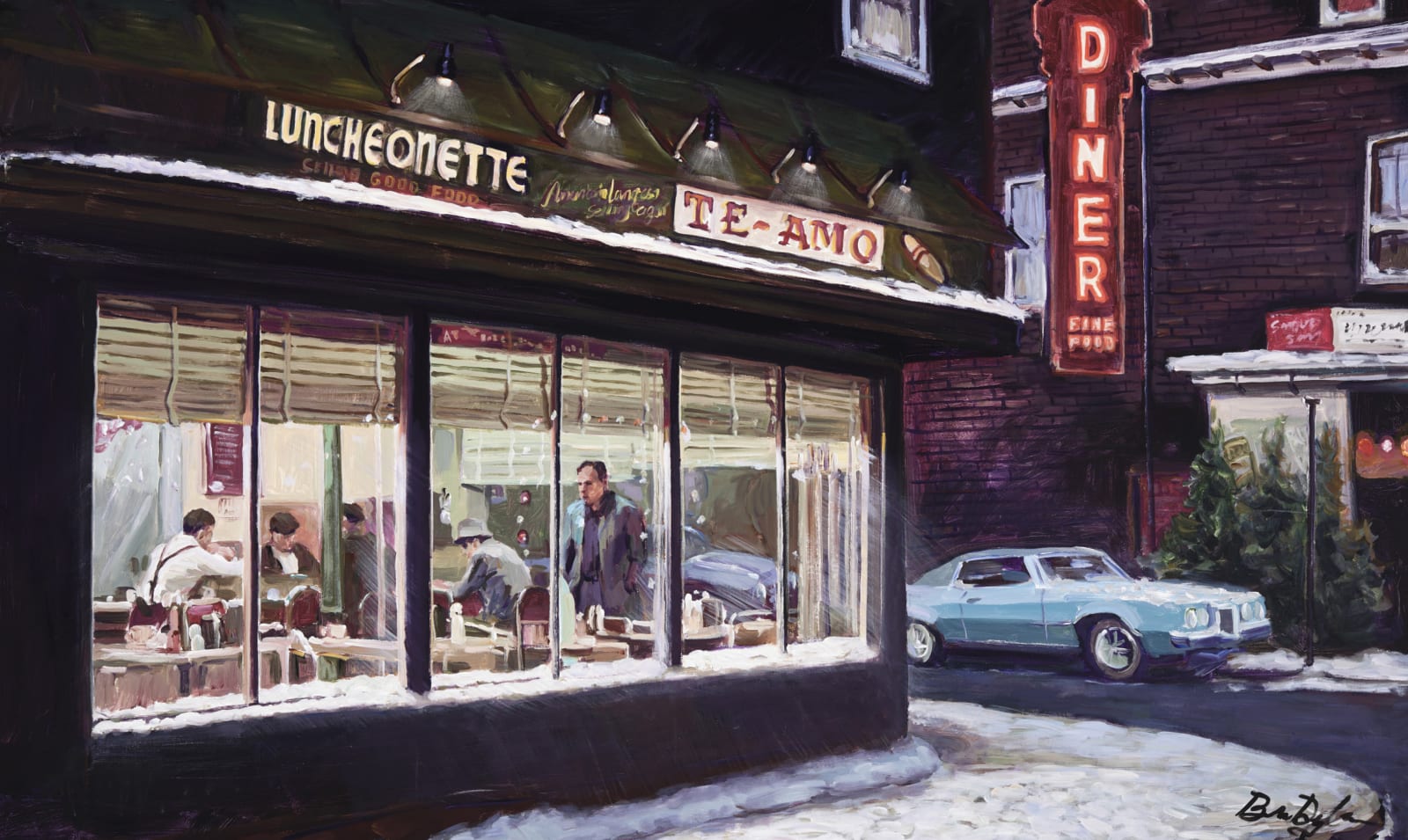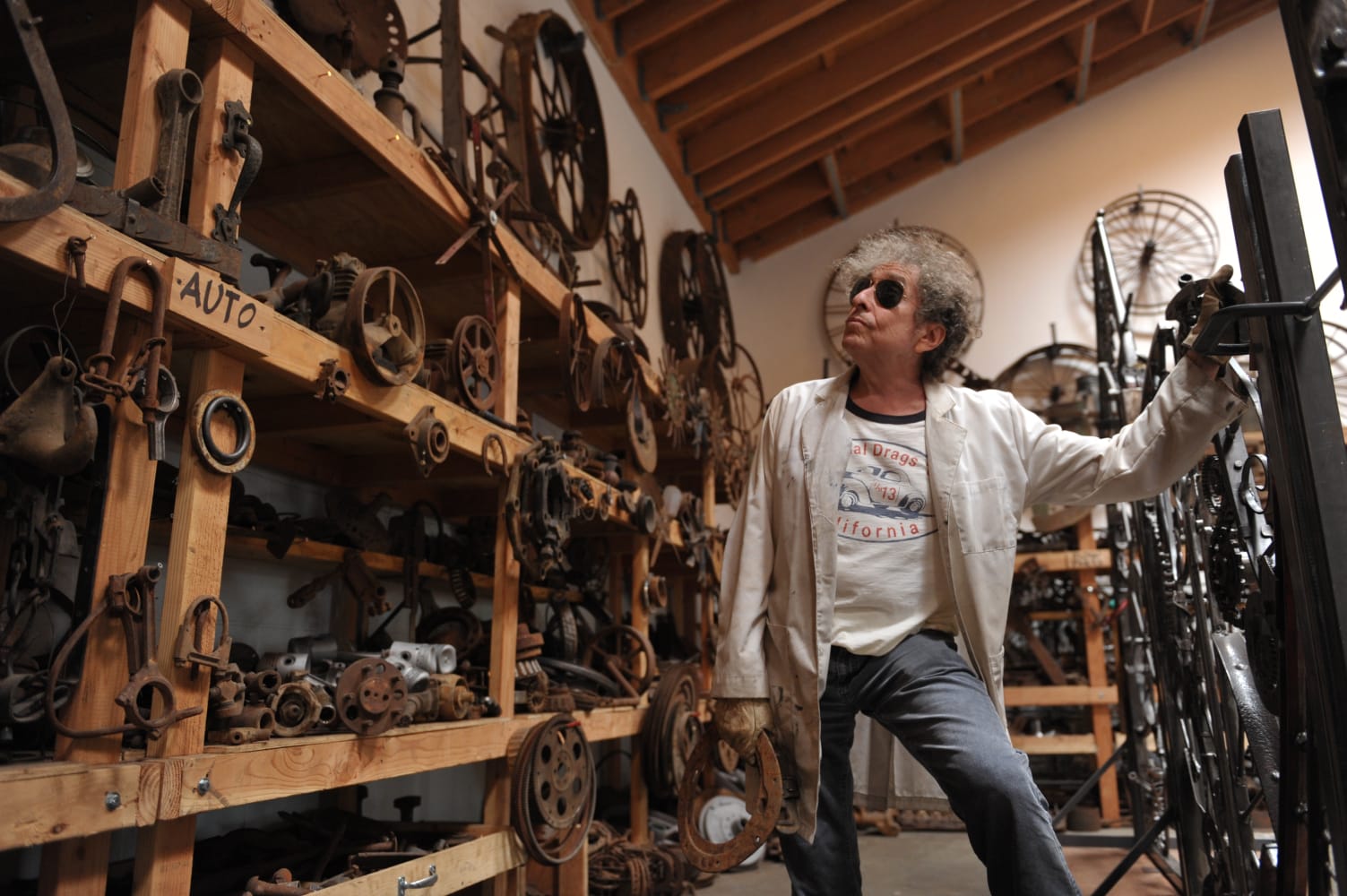

Andy Warhol: Campbell's Soup Cans
Andy Warhol: Campbell's Soup Cans
5 Things to Know
/
Andy Warhol (1928 – 1987) explored the intersection between art and commerce like no other artist in history. Beginning his career as a commercial illustrator, his transition to contemporary art was marked by the depiction of everyday products such as Campbell’s Soup cans. Discover 5 Things to Know about this iconic series.
If you are interested in adding to your collection, speak to one of our art consultants now - email us at info@halcyongallery.com


